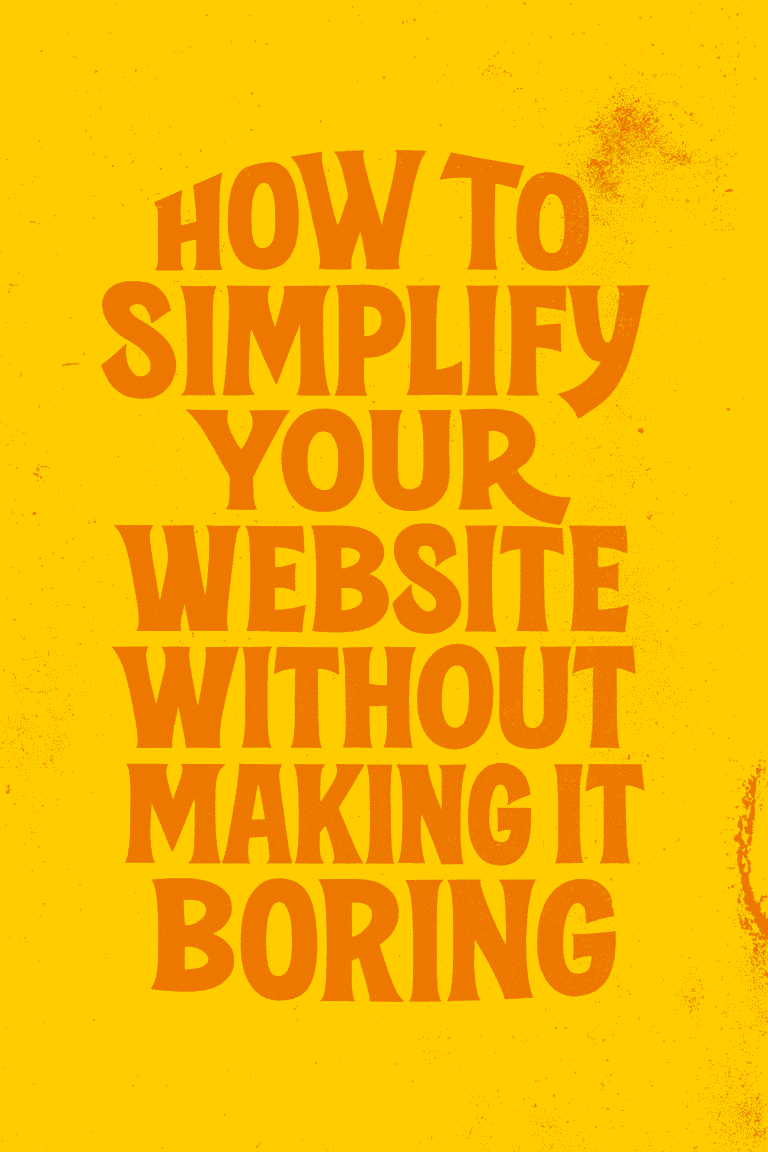
How many web pages should you have on your website? The answer is: it depends. But on average, 10-30 pages is typical. There are certain web design considerations that will affect the number of web pages on your site, such as what type of content you want to display and how often you update information. However, there’s no one-size-fits-all answer to this question.
In general, you’ll want to have enough web pages to adequately cover the topics you want to discuss on your site. If you’re running a business website, for example, you’ll likely need more web pages than if you’re creating a personal blog. Additionally, think about how much information your visitors will need to find on each page. If you have a lot of content, you may need more web pages to make it easy for visitors to navigate.
On the other hand, if you’re not updating your website very often, or if your content is mostly static, you may not need as many web pages. In this case, it’s important to focus on creating high-quality web pages that will encourage visitors to stick around. You can do this by creating web pages with unique, high-quality content and images, as well as web design elements like a great web page layout or eye-catching graphics.
Even if you have just one web page on your website, it’s important to write enough information about each topic so that visitors can find what they’re looking for. Remember, the goal is to provide a great user experience for your website visitors!
Is it better to have more pages on a website?
There are pros and cons to both having more pages and having less pages on your website. When you have more pages, it means that you have more content for people to consume. This can be helpful because it gives people a lot of information about your company or product. It also makes your website look like an authority on the topic. However, when you have too many pages, it can be difficult for people to find the information they are looking for. They may not know where to start or they may get overwhelmed by the amount of information on your website. This can cause them to leave your website without taking any action.
The best solution is to find a balance between having too many and too few pages. You want enough pages so that people can find the information they are looking for, but you don’t want so many pages that it overwhelms people. Determining how many pages your website should have will depend on your specific business and what you offer on your website. Talk to a web design professional to help you figure out how many pages are right for your website.
Is a one page website good for SEO?
No. The main reason a one page web site isn’t good for search engine optimization is that it doesn’t give enough information on what your business does or who you are as a company which makes it hard to rank well. Another potential issue with having just one web page instead of multiple webpages could be user experience and bounce rates. If someone lands on your home page and there’s not much more after they scroll down they may quickly leave thinking there isn’t anything else of value here so I’ll go somewhere else where they will get more from their web search.
When it comes to web design, you want to make sure that your website has enough pages to cover all of the relevant topics and products/services that you offer. A good rule of thumb is anywhere from five to twenty webpages (not including your home page). This will give users a good amount of information on what you do without being overwhelming, and also help with SEO as each page can be optimized for different keywords.
If you’re not sure where to start when creating new webpages, take a look at your competition and see what kinds of services or products they are offering on their site. You don’t want to copy them verbatim but rather get an of what kind of content is resonating with your target audience and go from there. Remember, always focus on what’s best for the user and not just what will look good or rank well in search engines.
What pages should I have on my website?
There are several different types of web pages that you may need for your website. A typical site will include the following:
Home Page – This is typically the first page a web user will see when they arrive at your site, so it’s important to make this one count! The home page should have an introduction about your company or products and some information on how people can contact you. You’ll also want to include links to other areas in your site where users might find specific content they’re looking for, such as locations with directions, product catalogs, newsletter sign up, etc.
Contact Us Page – All websites should have a way for their visitors to get in touch with them easily. This can be a simple web form or even just your contact information listed prominently on the page.
About Us Page – This is the place to tell your website’s story, what you do, who you are, and why people should care. You’ll also want to include images (or a video) of yourself or your team so visitors can put a face to the company name.
Services/Products Page – If you offer services or products, this is where you’ll want to list them! Detailed descriptions, pricing information, and images or videos of your products all help potential customers learn more about what you have to offer.
Blog – A blog is a great way to keep your website fresh with new content. Blog posts can be about anything that’s interesting to your web visitors, from tips or tricks you use with your products/services all the way up to industry news, company announcements, etc.
The list goes on…
You’ll also want several different pages for each of the main features of your website, such as a page describing how people can order an item(s) online (if you offer this service), product information pages where customers can learn more specifics about what they’re interested in buying before contacting you directly, and an FAQ page so customers have answers at their fingertips if common questions come up frequently. You may even want additional webpages that include supporting content like downloadable documents or images used throughout other webpages on the site.
The number of web pages on your website really depends. On average, 10-30 is typical for a site with regular updates and content changes. But there are certain design considerations that will affect the final page count – such as what type of content you want to display and how often you update information. So, if you have any questions about this or anything else related to web design, feel free to reach out! Our team members would be happy to help answer any questions you may have.
Call Graticle Today (360) 450-3711





